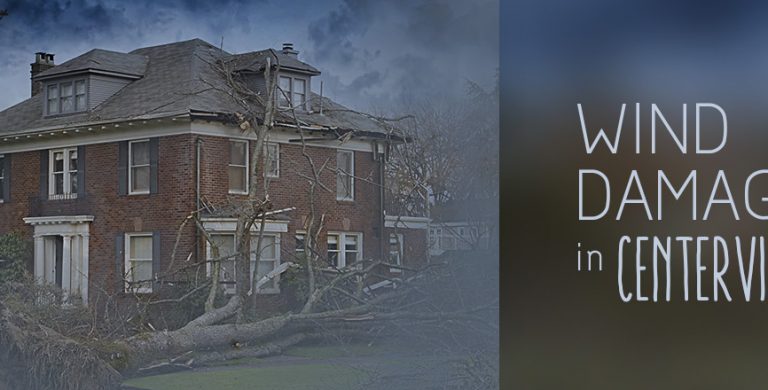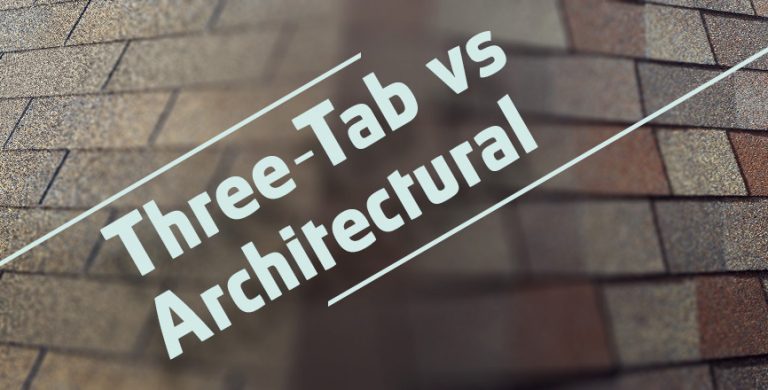Suggested Post – Finding a Cedar Shake Roofing Expert in Ohio
Do you live in Chicagoland? Get help from our cedar roofing division, Shake Guys!
When viewing our presentation of roofing types on our website, many people ask us, “What’s a cedar shake?” Shake is a word you find in wood roofing products to describe a type of roofing style.

Here’s a look at the visual difference between a shake and a shingle. There are also differences between the two in how the wood roofing is crafted and installed.
What is a Shake?
A shake is split by hand from lumber logs using special crafting tools. The Cedar Shake & Shingle Bureau defines a shake as wood roofing that is split on one or both sides. In the U.S., cedar shakes are the most popular and are typically crafted into shape by hand, although some are manufactured with power equipment.
What is a Wood Shingle?
Wood shingles are machine cut from a block of wood. As explained by the Cedar Shake & Shingle Bureau, cedar shingles are cut on both sides using a saw. The end of the cut, or butt, is thinner than a shake.
Similarities between Shakes and Shingles
All wood-based roofing shakes and shingles come from some type of tree, whether it’s cedar, pine, redwood, or cypress, although we’re partial to western red cedar shakes and shingles for their outstanding quality, beauty and performance.
Both cedar shakes and cedar shingles are durable and age well, providing long-lasting performance for at least 50 years if properly maintained. They also can be treated to be fire resistant and prevent premature decay.
Differences between Shakes and Shingles
Most of the differences between cedar shakes and shingles take place during the manufacturing process and installation. First, let’s take a look at the making of a western red cedar shake:
The shake is hand-split from a log and shaped into a block. These shake blocks are then split either by hand using a special tool or by hydraulic press into one-inch slats referred to in the trade as blanks. If the crafter splits the cedar block without flipping it over, it will be uniform in thickness. But if the block is flipped after removing a blank from each edge, then a tapered shake is produced.
Now, let’s take a look at the manufacturing process of a cedar shingle:
A circular saw cuts a shingle from a block of cedar wood. Each pass of the saw creates a tapered cut, all of the same thickness. Another type of saw is used to trim the edges and remove any irregularities along the edges. The process results in a shingle that is tapered on all sides.
So in terms of appearance differences, wood shakes are thicker than shingles. And since a shake is split, it follows the grain more closely than a shingle, which has some cross graining. Wood shakes also have uneven surfaces, while shingles are smooth.
When cedar shakes are installed, overlapping layers of roofing felt need to be placed between the shake layers. With cedar wood shingles, the thick, lower ends need to be installed on wood strips over a layer of felt to promote quick drying after wet weather.
Want to Learn More?
If you’re thinking about a cedar roof, the Roofing Annex can provide you with additional information to help you decide between shakes and shingles. It really comes down to the roofing style you like, but we can give you pointers and advice on what would work best for the style of your home and its positioning in relationship to the sun and any surrounding trees.
Once you see the natural look of cedar, we know you’ll fall in love with it. Get in touch today and let’s start talking cedar shakes and shingles. And remember, we also install cedar siding!



